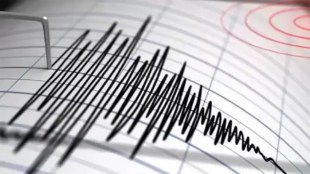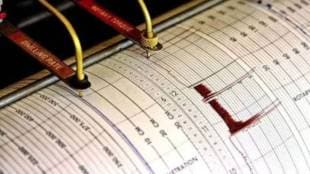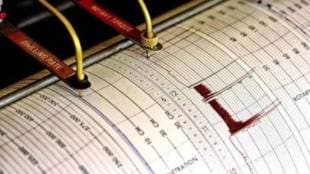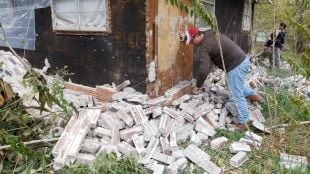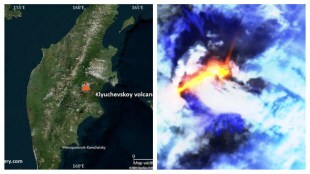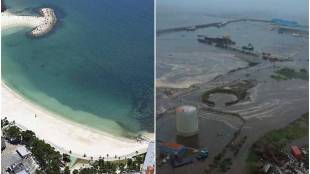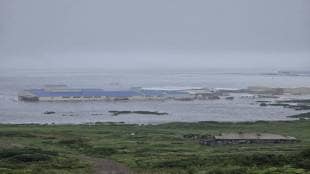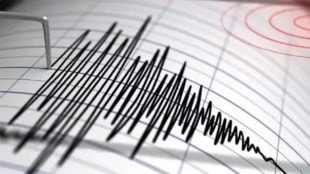
Earthquake
An earthquake is a natural phenomenon characterized by the shaking of the Earth’s surface, resulting from the sudden release of energy in the planet’s lithosphere. This energy creates seismic waves that propagate through the Earth’s crust. Earthquakes are primarily caused by the movement of tectonic plates, which are massive slabs of the Earth’s crust and upper mantle. These plates constantly move, and when they grind against each other, overlap, or separate at their boundaries, the accumulated stress is released in the form of seismic energy. The point within the Earth where this energy release occurs is known as the focus or hypocenter of the earthquake, while the point directly above it on the surface is called the epicenter. Earthquakes can vary in magnitude, from minor tremors barely felt to major quakes that can cause widespread destruction and loss of life. They are a significant aspect of Earth’s dynamic geology and can lead to secondary effects such as tsunamis, landslides, and ground liquefaction, profoundly impacting human societies and natural environments.
Causes of Earthquake: Earthquakes are caused by the sudden release of energy in the Earth’s crust that creates seismic waves. This energy release is primarily due to the movement of tectonic plates, which are massive sections of the Earth’s crust that move over the semi-fluid asthenosphere beneath them. The main causes of earthquakes include:
1. Tectonic Movements: The most common cause of earthquakes is the movement of tectonic plates. The Earth’s crust is divided into several large and small plates that are constantly moving. When these plates grind against each other or overlap at their edges, known as faults, the energy that builds up over time is eventually released, causing an earthquake.
2. Subduction Zones: In some areas, one tectonic plate may be forced under another in a process known as subduction. The friction and pressure build-up can lead to significant earthquakes.
3.Rift Zones: Earthquakes can also occur in rift zones, where tectonic plates are moving away from each other. This movement can create gaps that allow molten rock from below the crust to rise up, leading to seismic activity.
4. Human Activities: Human activities like mining, reservoir-induced seismicity (due to the filling of large reservoirs behind dams), and fracking (hydraulic fracturing used in oil and gas extraction) can also induce seismic events. These are typically smaller in magnitude but can still be significant.
5. Volcanic Activity: Earthquakes can also be associated with volcanic activity. The movement of magma within a volcano can create pressure and stress in the Earth’s crust, leading to earthquakes.
6. Isostatic Rebound: This occurs when the Earth’s crust adjusts to changes in weight distribution, such as the melting of large ice sheets, leading to seismic activity.
7. Fault Slippage: Over time, stress can build up along faults until it overcomes the friction holding the rocks together, causing them to slip and release energy in the form of an earthquake.
The point on the Earth’s surface directly above the earthquake’s origin is called the epicenter, and the depth at which it occurs is the focus or hypocenter. Earthquakes can vary greatly in their strength, duration, and impact, largely depending on their cause and the geological conditions in the affected area.
Deadliest Earthquakes: Earthquakes have unfortunately caused significant loss of life throughout history. Some of the deadliest earthquakes in recorded history include:
Read More
Related News





